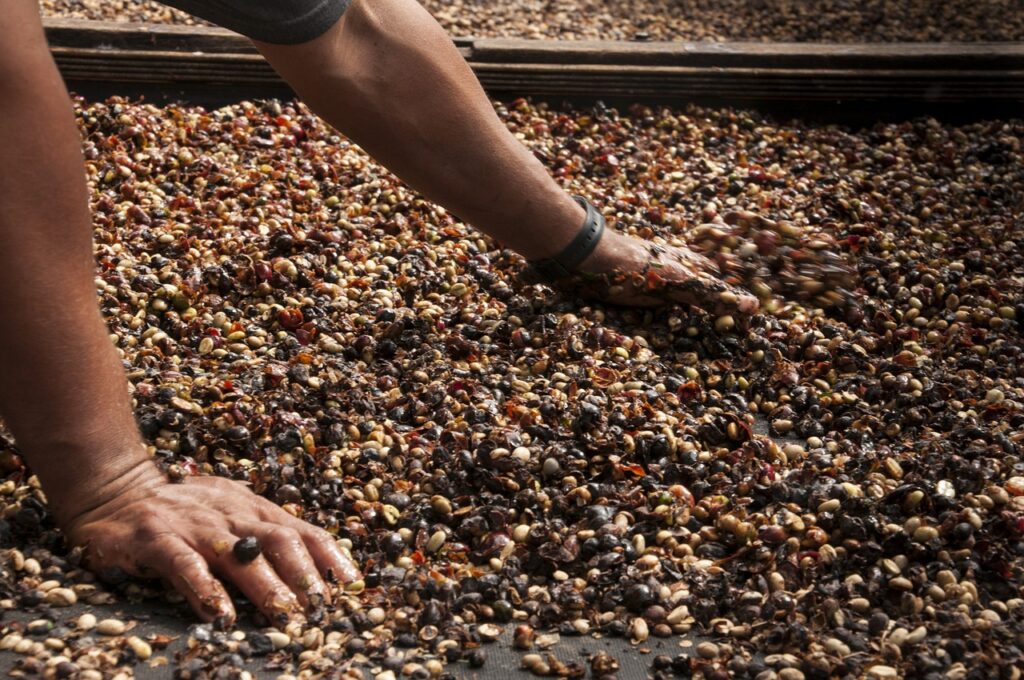Coffee, a favourite drink for millions of people worldwide, has recently become significantly more expensive. Both consumers and businesses like cafes and restaurants are noticing this price rise. But what causes coffee to become so much more expensive, and what are the consequences?

A major cause of higher coffee prices is climate change. Coffee plants, especially the Arabica plant is very sensitive to weather. In recent years, extreme weather conditions such as drought, frost and rainfall have hit harvests in key coffee countries such as Brazil and Colombia. These poor harvests mean less coffee is available on the world market, causing prices to rise.
For example, in Brazil, the world’s largest coffee producer, a very cold winter in 2021 caused a big drop in production. These kinds of extreme weather events are becoming more common due to climate change, making coffee production unpredictable and driving up prices further.

In addition to climate issues, coffee farmers face rising costs. Prices of fertilisers, energy and labour have risen globally. This is partly because of the impact of COVID-19, but also because of other international problems that have increased the prices of raw materials and transport.
These higher costs mean farmers have to charge more for their coffee beans, which is passed on throughout the chain. So at the end of the day, consumers end up paying more for a cup of coffee.
So the rise in coffee prices is due to a combination of factors such as climate change, higher production costs and many changes in the global market. Consumers are now paying more for their coffee, while coffee farmers are facing greater challenges. There is an urgent need for a solution that addresses both climate change and the economic position of coffee farmers. In this way, we can ensure that coffee remains affordable and available to all in the future.
